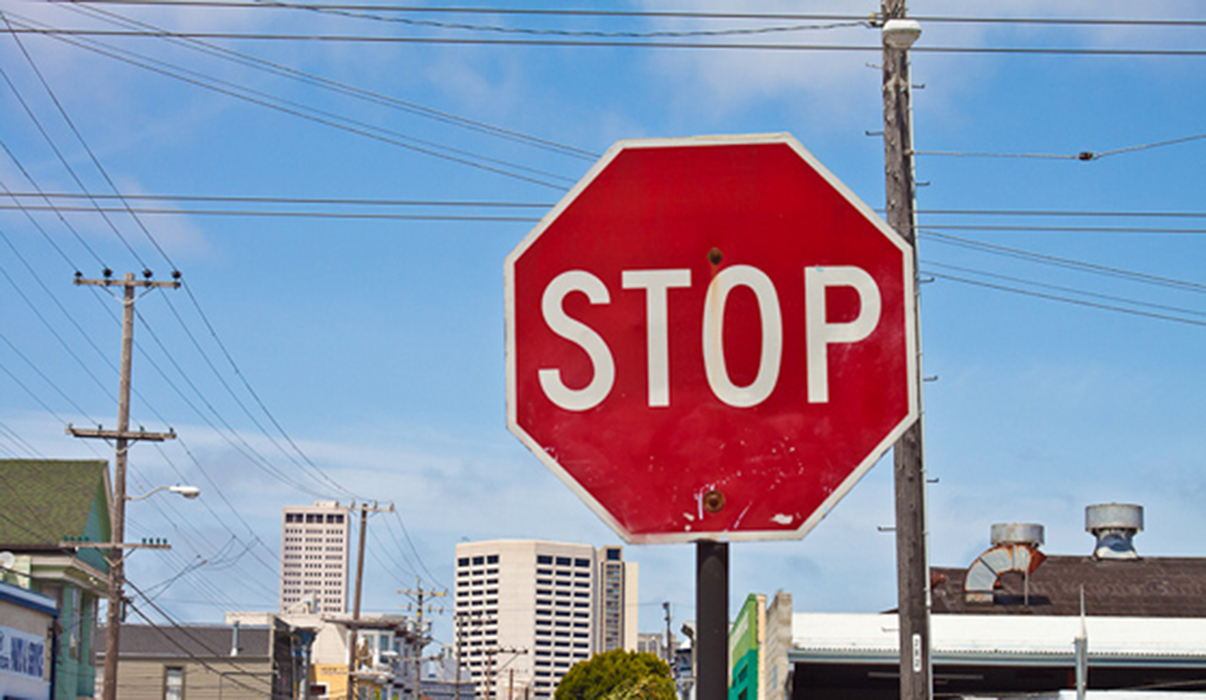SAN FRANCISCO—Super Bowl 50 activities have funneled over one million visitors and millions of dollars worth of tourist-driven economic activity. With a heavy influx of tourism, the city’s buzz has also instigated some unwanted activity as well. Super Bowl 50 launched protests in response to the city’s $5 million contribution to the games. Crime has also been reported to be an issue. A cameraman on assignment to cover the Super Bowl for a news publication in Chicago was robbed of his camera equipment on January 27.
In a report by the San Francisco Chronicle, reporter Marcus Richardson was robbed by two unidentified gunmen while taking pictures of the San Francisco scenery at Lombard and Hyde Street around 9:15 p.m. As Richardson was placing equipment back into his car, he was approached by the two gunmen. This incident is part of an ongoing string of crimes targeting journalists who are on assignment.
On Wednesday, February 3, hundreds of protesters congregated across from Super Bowl City’s fan village at around 4:30 p.m. to establish what the demonstrators called “Homeless Super Bowl City.” Police arrived after the protests began to order disassembly of the tents or risk confiscation.
According to protesters, the demonstration was an effort to showcase the neglect to provide attention and responsibility to assist the homeless community. Protesters say the homeless populations have been pushed out of plain sight due to city preparations to accommodate tourists visiting the city. “Our goal is to give homeless people an opportunity to speak, because they are feeling really disempowered and attacked,” said Lisa Marie Alatorre, a protester with the Coalition on Homelessness in San Francisco.
According to reports, many San Francisco residents have also reacted to how the city will manage to fund the festivities and expenses that will not be covered by the Super Bowl 50 committee. Santa Clara, the host city, will be reimbursed for its costs. Criticism was widespread after a projected budget was released last month of potential costs reaching between $4-5 million in expenses from increased security measures, public transportation initiatives and street closures.




